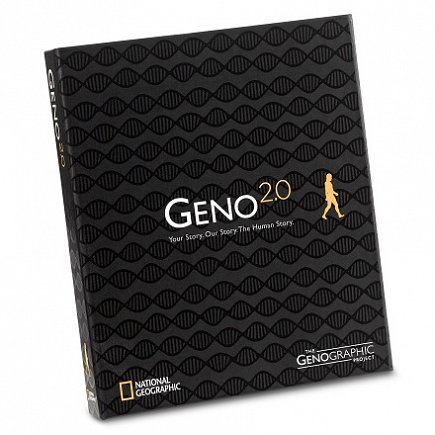
Provider Profile: National Geographic
Overview
National Geographic first published a magazine in 1888 when the National Geographic Society was founded. Their editorial focus is world culture, geography and history, and they’re famously known for the striking photographs that accompany their articles. Today, the magazine is published in 36 languages, online as well as hard copy, and has a global circulation of 8.3 million.
DNA Testing Background
In 2005 National Geographic introduced their first DNA testing project, known as the ‘Genographic Project’, providing participants with information about their genetic ancestry in the context of world history.
The project was designed to work with indigenous communities and to discover the origin of the human species via DNA testing. The project’s aim is to uncover the history of our life on Earth.
Over 660,700 people across 140 countries have taken part in the project so far. When participants purchase a DNA test from National Geographic, they’re not only becoming part of this ‘real time’ scientific study to learn about their genetic past, they’re also contributing to the Genographic Legacy Fund, which aims to conserve and renew indigenous cultures around the world.
The test itself
Dr Spencer Wells, National Geographic’s explorer in residence, has worked with a team of geneticists and anthropologists to develop the ‘Geno 2.0’ – this is the Genographic Project’s latest DNA test and one of the most technologically advanced developed to date. It utilises a custom ‘genotype chip’ which is capable of testing almost 150,000 DNA markers, hand-picked for an unparalleled analysis of an individual’s genetic ancestry.
The Geno 2.0 DNA test will show a participant the migratory paths that their ancestors took tens of thousands of years ago. It will also identify the parts of their genome which have been inherited from population groups around the world, and establish the percentage of their DNA that is Neanderthal or Denisovan – two hominid species which Homo sapiens encountered after first migrating from Africa. In addition, the service lets individuals read the genealogical stories of other participants and share their own.
The Geno 2.0 test kit includes cheek swabs and instructions for sending a DNA testing sample by post. The results are uploaded to an online account, and the kit’s packaging has been designed so that it can be given as a gift, or retained as a keepsake.
As well as providing detailed information about how we came to populate the earth, the Genographic Project uses the genetic data it collects to piece our ancestors’ migratory histories together, charting the early stages of human history.
Summary
National Geographic have earned global acclaim for their Genographic Project. As one of the few DNA testing providers where genetics is not their core business, they bring a cultural and geographical perspective to their tests that most other providers do not. The Genographic Project continues to gain momentum worldwide, and sets the standard for an engaging interpretation of a participant’s genetic ancestry.
- To read independent reviews of the Geno 2.0 DNA test, including our Editor’s review, click here.
